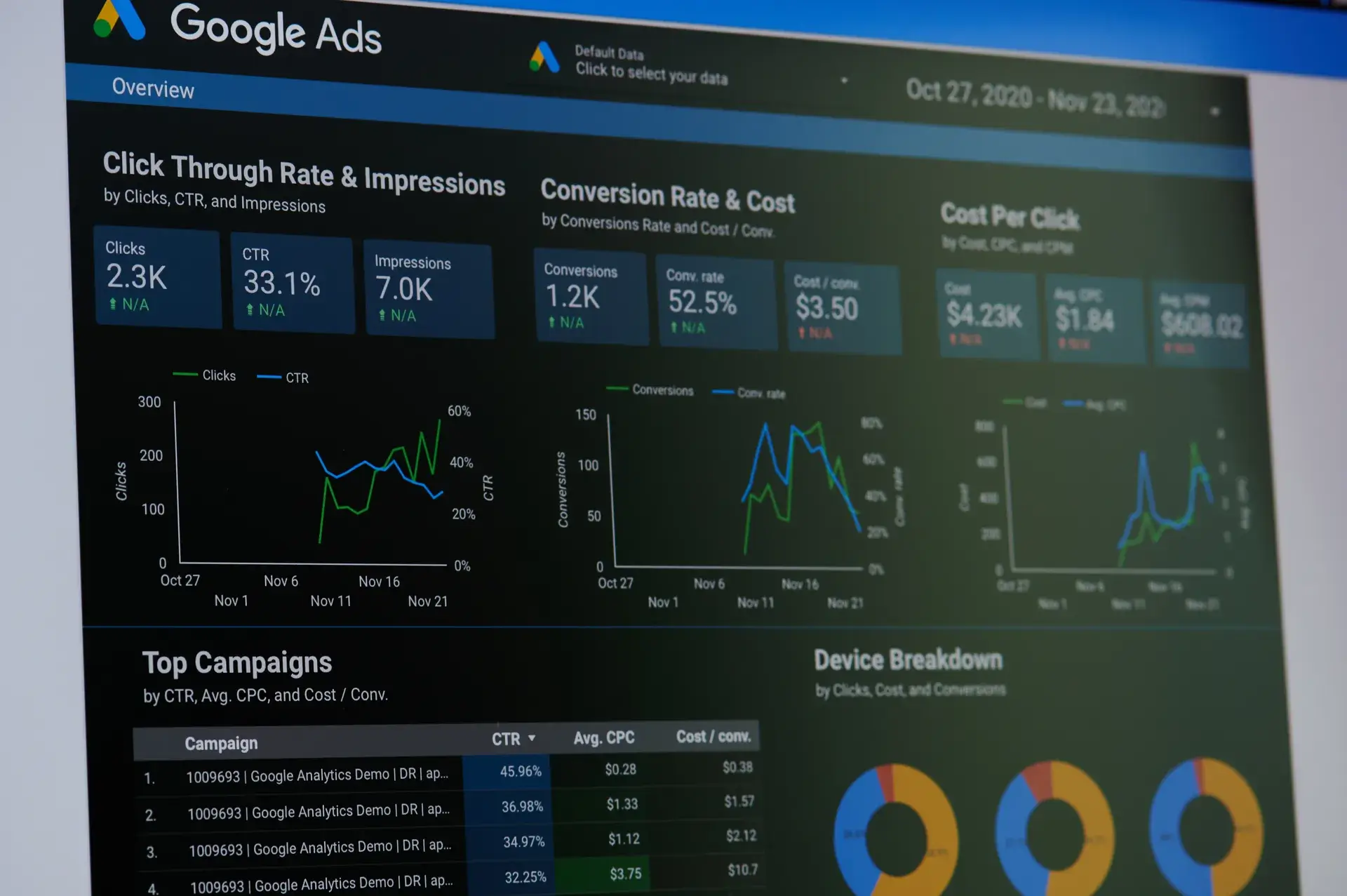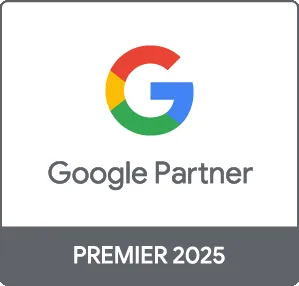AdWords Search campaigns can drive substantial traffic and conversions when executed effectively. With the right strategies, businesses can leverage Google Ads to reach their target audience and achieve their marketing objectives. This comprehensive guide delves into the essentials of AdWords Search, covering setup, optimization, and best practices to enhance your advertising efforts.
Understanding AdWords Search
AdWords Search, now known as Google Ads, offers businesses the opportunity to display ads on Google's search engine results pages (SERPs). These ads appear when users search for keywords relevant to your products or services, making it a powerful tool for generating leads and sales.
1. Setting Up Your Google Ads Account
Before launching your AdWords Search campaigns, you need to create a Google Ads account:
- Account Creation: Visit the Google Ads website and sign up using your Google account.
- Campaign Goals: Choose your advertising goals—whether it's sales, leads, or website traffic.
- Targeting Options: Set your target audience based on location, demographics, and interests.
2. Conducting Keyword Research
Keyword research is crucial for the success of your AdWords Search campaigns:
- Identify Keywords: Use tools like Google Keyword Planner to discover relevant keywords with high search volume.
- Long-Tail Keywords: Target long-tail keywords, which often have lower competition and higher conversion rates.
- Negative Keywords: Implement negative keywords to prevent your ads from showing on irrelevant searches.
3. Crafting Compelling Ads
Your ad copy should capture attention and encourage clicks:
- Headlines and Descriptions: Write clear, concise, and compelling headlines and descriptions that highlight your unique selling points.
- Call-to-Action (CTA): Use strong CTAs, such as “Shop Now,” “Get a Quote,” or “Learn More,” to prompt user action.
- Ad Extensions: Utilize ad extensions (e.g., sitelinks, callouts) to provide extra information and improve ad visibility.
4. Optimizing Your Campaigns
Continuous optimization is key to maximizing your AdWords Search performance:
- A/B Testing: Test different ad variations to determine which performs best.
- PPC Management: Monitor your cost-per-click (CPC) and adjust bids based on performance data.
- Conversion Tracking: Set up conversion tracking to measure how effectively your ads drive desired actions.
5. Monitoring and Analyzing Performance
Regularly review your campaign performance to identify areas for improvement:
- Google Ads Reports: Utilize Google Ads reporting tools to analyze click-through rates (CTR), cost metrics, and conversion rates.
- Adjust Strategies: Based on performance insights, refine your keywords, ad copy, and targeting strategies.
Conclusion
AdWords Search campaigns offer a valuable opportunity to connect with potential customers actively looking for your products or services. By setting up your account properly, conducting thorough keyword research, crafting compelling ads, optimizing your campaigns, and analyzing your performance, you can enhance your digital marketing efforts and drive significant results. At Prebo Digital, we specialize in Google Ads strategies tailored to your business needs. Ready to maximize your AdWords Search campaigns? Contact us today to get started!





